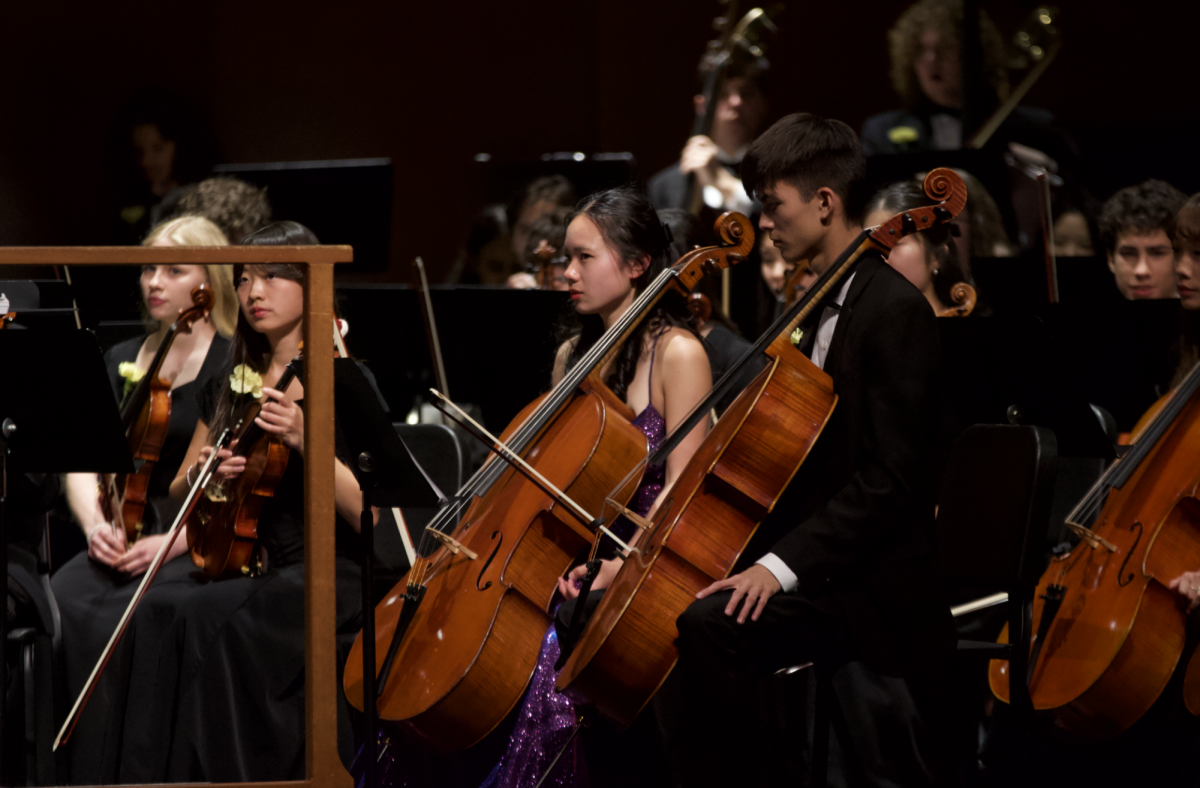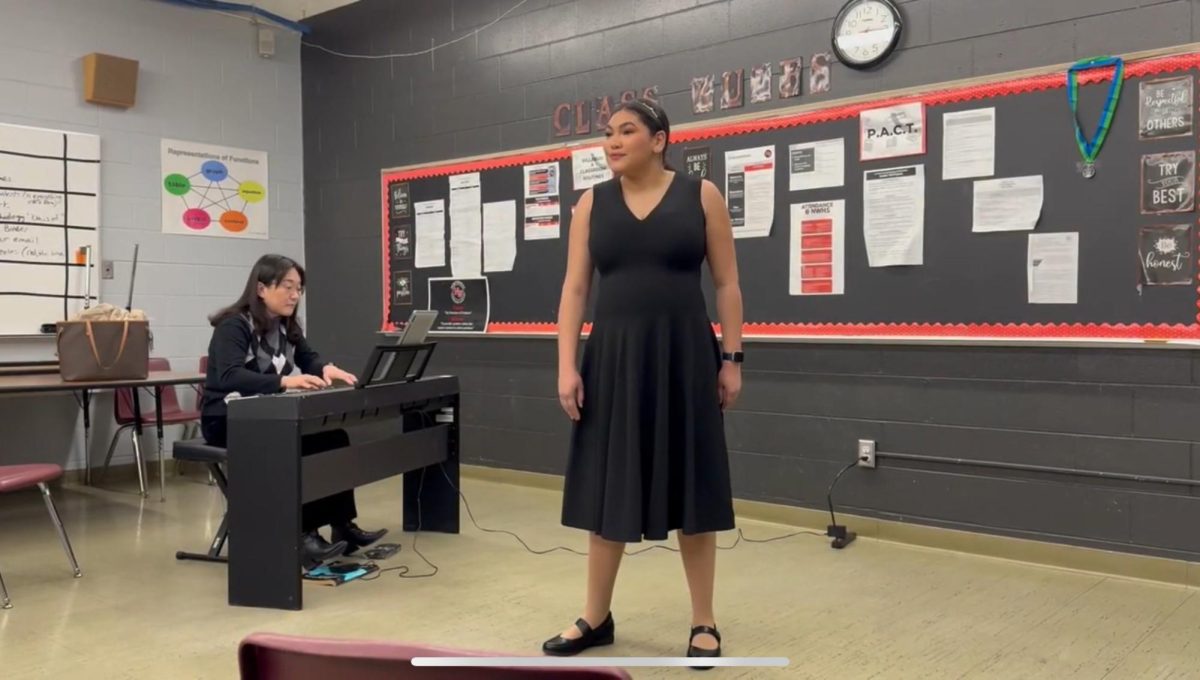Ann Arbor Huron High School has refined its procedures for cell phone use for this school year, which faces mixed feedback.
The English and Mmathematics departments have introduced new procedures to enhance student engagement during class. Some of the procedures include requesting students to place their cell phones in cell phone organizers during class and leaving their phones with their teacher to receive a hallway pass.
Senior Gabby Mayrend is among the students who find the procedures unwarranted.
“I get why the policy is there, but we’re high schoolers,” Mayrend said. “We should be able to be respectful and responsible without relying on someone to take our phones.”
Assistant Principal Michael Sumerton and Yearbook and Newspaper adviser Sara-Beth Badalamente have been observing the impact on students putting their cell phones away during class time.
“Teachers make procedures, the school district has policies,” Sumerton said. “This is not a district or building policy. It’s a procedure in a classroom.”
As printed on page 17 of the Student Handbook, the cell phone rule enforced by the school staff remains the same as in previous years.
Sumerton clarified that the procedures are “teacher-driven.”
“The number of times I find students on TikTok is unbelievable,” Badalamente said. “I have already found that in three weeks, I have more assignments turned in that showcase understanding of the material, more student interaction between peers, and a better community in my classrooms because cellphones are not competing with collaboration time.”
A 2019 British Medical Journal study suggested excessive screen time is associated with obesity and higher depressive symptoms.
Sumerton and other school administration, teachers, and students expect the new procedures to support the student experience by fostering a collaborative learning environment and caring relationships.
“Students have reported getting 50+ notifications per class. Cell phone distractions make it hard for students to connect with their teachers and one another,” Sumerton said.
He went on to say that the classroom culture has taken on a huge hit since the COVID-19 pandemic, emphasizing that the procedures have students at the forefront.
A study published in JAMA Pediatrics noted that the average screen time among children rose 52% during the COVID-19 pandemic. The study shows that screen time increased the most for individuals aged 14 to 18, with a daily increase of 44 minutes in handheld devices and 46 minutes in personal computers.
“The faculty’s decision was about keeping students safe and engaged in their learning,” Sumerton. “Cell phones have been used to coordinate bad behaviors outside of class, which is a concern. That being said, the reason for teachers limiting cell phone use in class is to help students learn without distractions and build positive relationships with their classmates.”
Sophomore Gillian Harrison, who rarely uses her cell phone, said that her learning environment is unchanged by the procedures.
“I don’t think the phone policy is necessary for everyone and every class,” Harrison said. “However, I can understand where the teachers are coming from, like not having your phones in the hallway to avoid students meeting up.”
Sophomore Nicholas Casey said the procedures benefit students academically.
“I would rather be on my phone, but I think it’s a good idea for education,” Casey said. “I noticed when I stay off my phone during class, I always get a better grade.”
According to a 2018 Rutgers University–New Brunswick study, students permitted to use cell phones, tablets, or other devices during classroom lectures perform worse in their final exams.
Math teacher Jeremy Schuitman has noticed more students staying on task, communicating with each other, and not on their cell phones during class time.
“Huron students are amazing,” Schuitman said. “But phones are a distraction. Any way that we can limit that distraction is awesome.”










